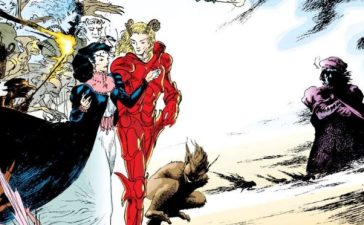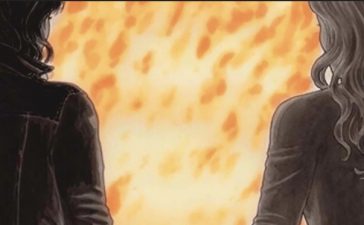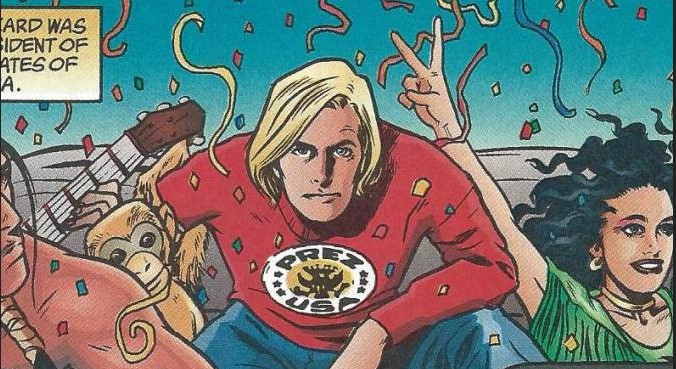
First Teen President?: The Problem with Prez
Inspired by this week’s celebration of Presidents Day, Nothing But Comics! perused the adventures of the DC Comics character Prez Rickard. Created by writer Joe Simon and artist Jerry Grandenetti and debuting in the comic Prez #1 (August-September 1973), the young, idealistic Prez is elected President of the United States, becoming – as the cover for the first issue proclaims – the “First Teen President of the U.S.A.” However, the events depicted in Prez #1 make it doubtful that Prez was actually a teenager when he was elected President, and a subsequent adventure written by Neil Gaiman also suffers from a narrative flaw regarding Prez’s age and the year he was elected.
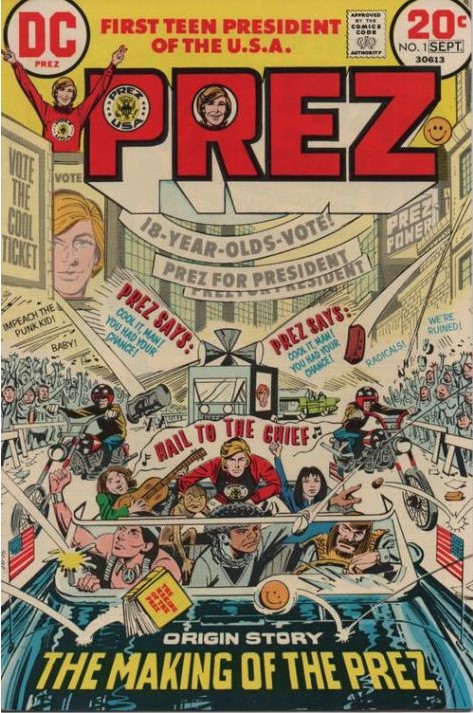
Simon and Grandenetti’s Prez series lasted four issues, and is a goofy adventure satire that humorously explores the political potential of the Twenty-sixth Amendment to the U.S. Constitution; the amendment was ratified in 1971, and prohibited the federal government and states from denying voting rights to citizens 18 years of age or older. In the comic, young voters quickly pass an additional amendment that lowers the age requirements for election to Congress. Nefarious political kingmaker Boss Smiley – whose head is in the shape of the iconic “smiley face” that adorned many posters, buttons, and t-shirts in the 1970s – recruits the virtuous but naive Prez to run for U.S. Senate, planning to manipulate the teenager once he is elected.
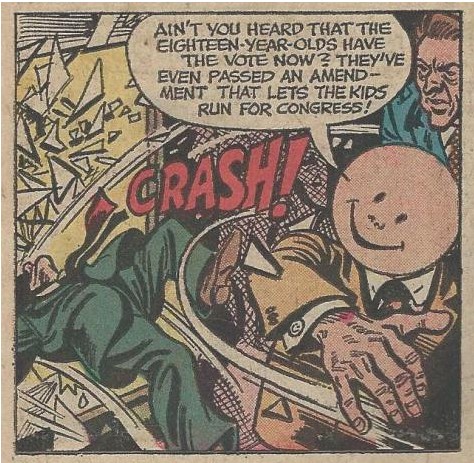 From PREZ #1 – the evil Boss Smiley. Art by Jerry Grandenetti.
From PREZ #1 – the evil Boss Smiley. Art by Jerry Grandenetti.
The first issue depicts a “Prez for Senator in ’72” billboard, indicating that Prez is running for office in the year 1972. By the end of the issue–after Prez breaks ties with Boss Smiley upon learning of his evil schemes–Prez wins election to the Senate. From captions, readers learn that, “After the youth of America gained a majority in Congress, they voted an amendment to the Constitution which would lower the required age of the President from thirty-five to eighteen–” and that “Senator Prez Rickard, running on the new Flower Party Ticket– upset both the Republican and Democratic candidates to win the Presidency after a truth-and-love campaign which polarized the generations.”
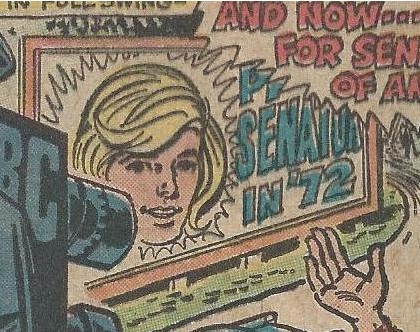
Based on the information provided in Prez #1, if Prez was elected to the Senate in 1972, and the Constitution was subsequently amended to lower the age requirement for President to eighteen, than the earliest U.S. Presidential race in which he could have participated was the one in 1976. Furthermore, Prez would have had to have been at least eighteen years old to run for Senate in 1972; therefore, if Prez ran for President four years later, in 1976, he would not have been a teenager, but in his early twenties.

A close examination of the chronology presented in Prez #1 reveals a flawed timeline of events that shatters the core premise of the series: Prez is supposed to be a teenage President.
The Prez series was cancelled in 1974, but writer Neil Gaiman and artist Mike Allred revived Prez in The Sandman series (The Sandman #54, “The Golden Boy”, October 1993.) Gaiman’s story emphasized the character’s idealism and nobility, and ignored the goofy elements of the original series. The story does not depict Prez running for Senate before he is elected President, or disclose the year Prez was elected. However, a caption reveals that when Prez was elected President, “He was three months shy of his twentieth birthday.”
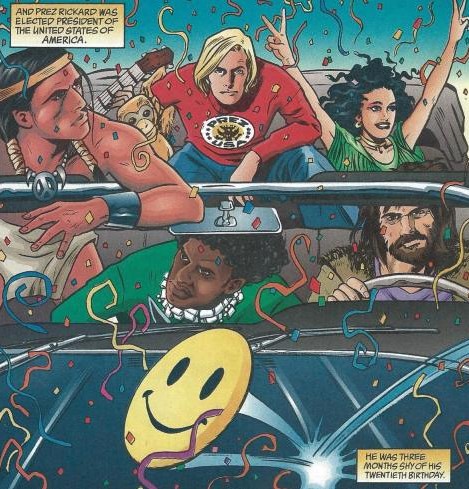
With that one caption, Gaiman confirms that Prez was a teenager when he was elected, and reveals that Prez’s birthday is in February. U.S. Presidential elections occur in November, so if Prez was “three months shy of his twentieth birthday” when he was elected, his birthday would be in February. Since U.S. Presidents are inaugurated on January 20th following an election year, Prez would have been a teenage President for about a month.
Gaiman’s narrative makes it clear that Prez was a teenager when elected President. However, the timeline in Gaiman’s story also suffers from inconsistencies. Earlier in the story, a caption declares that, “When Prez was six, President Kennedy told the American people not to ask what their country could do for them, but instead to ask what they could do for their country.”
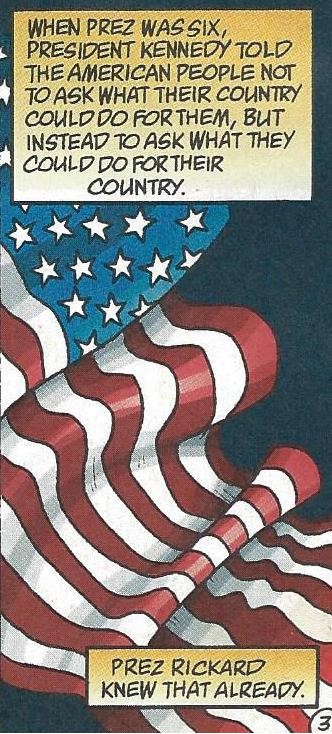
This caption references Kennedy’s inaugural speech on January 20, 1961. Recalling that Prez’s birthday is in February, if Prez was six when the speech was delivered, he would have been born in February 1954. If Prez was just a few months shy of his 20th birthday when elected, his election would have occurred in November 1973. However, there was no Presidential election that year, and the story’s chronology is flawed. Based on the story (which indicates that Prez served two consecutive terms, between Presidents Nixon and Reagan), it is possible that Gaiman meant to suggest that Prez was elected in 1972, which was a Presidential election year.
While Gaiman’s minor narrative inconsistencies regarding Prez are interesting to explore, they do not detract from the story’s overall impact and excellence. “The Golden Boy” is an engaging, poignant story about youth and idealism. The flawed narrative chronology in Simon and Grandenetti’s Prez series is more noticeable and significant; however, the eccentric series does not take itself seriously, and perhaps readers are not meant to, either. Indeed, the flaw can be appreciated as another interesting facet of an already quirky creation.






